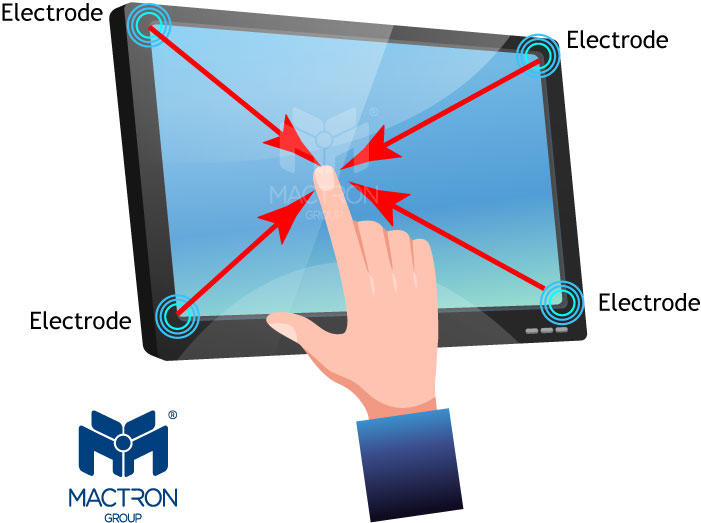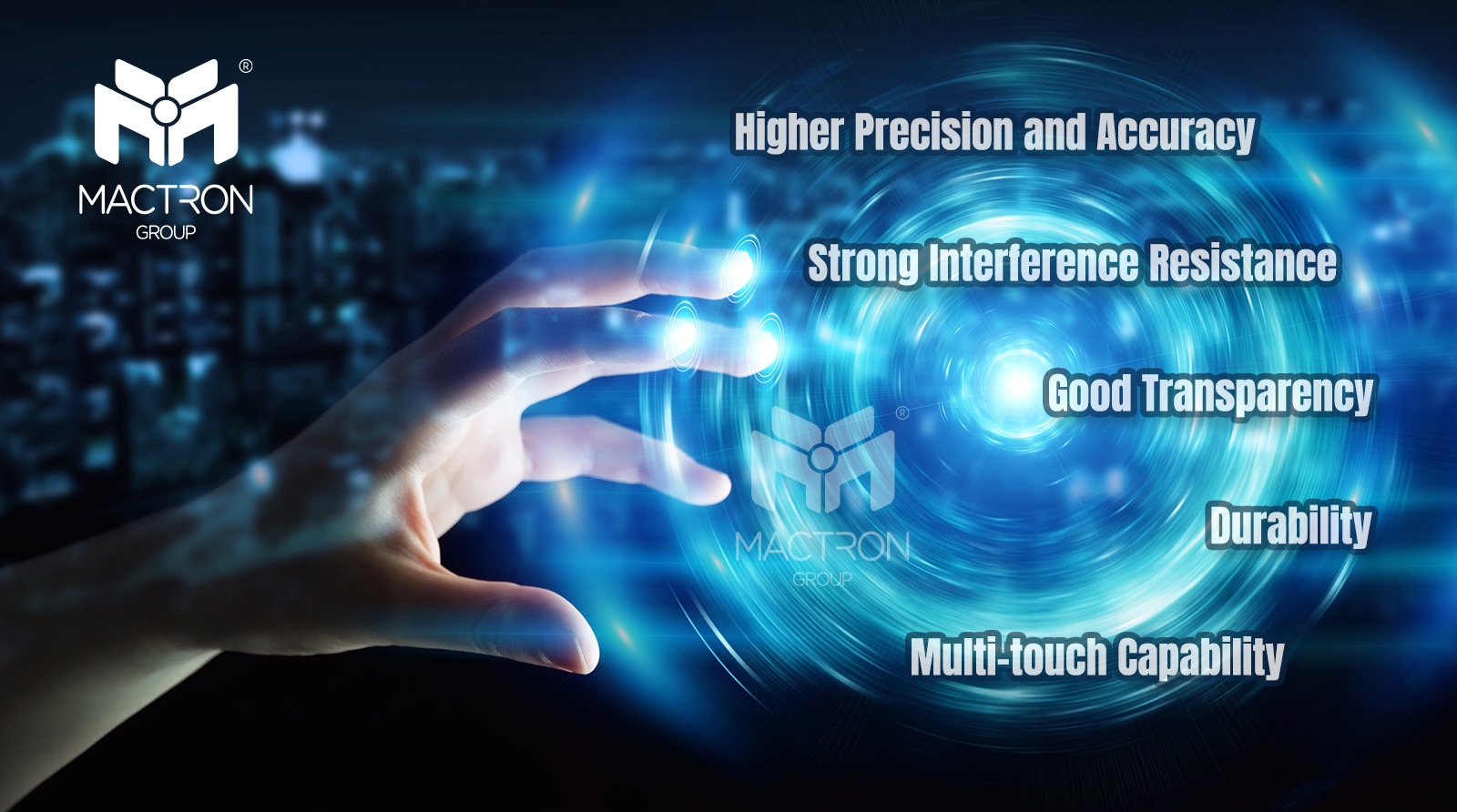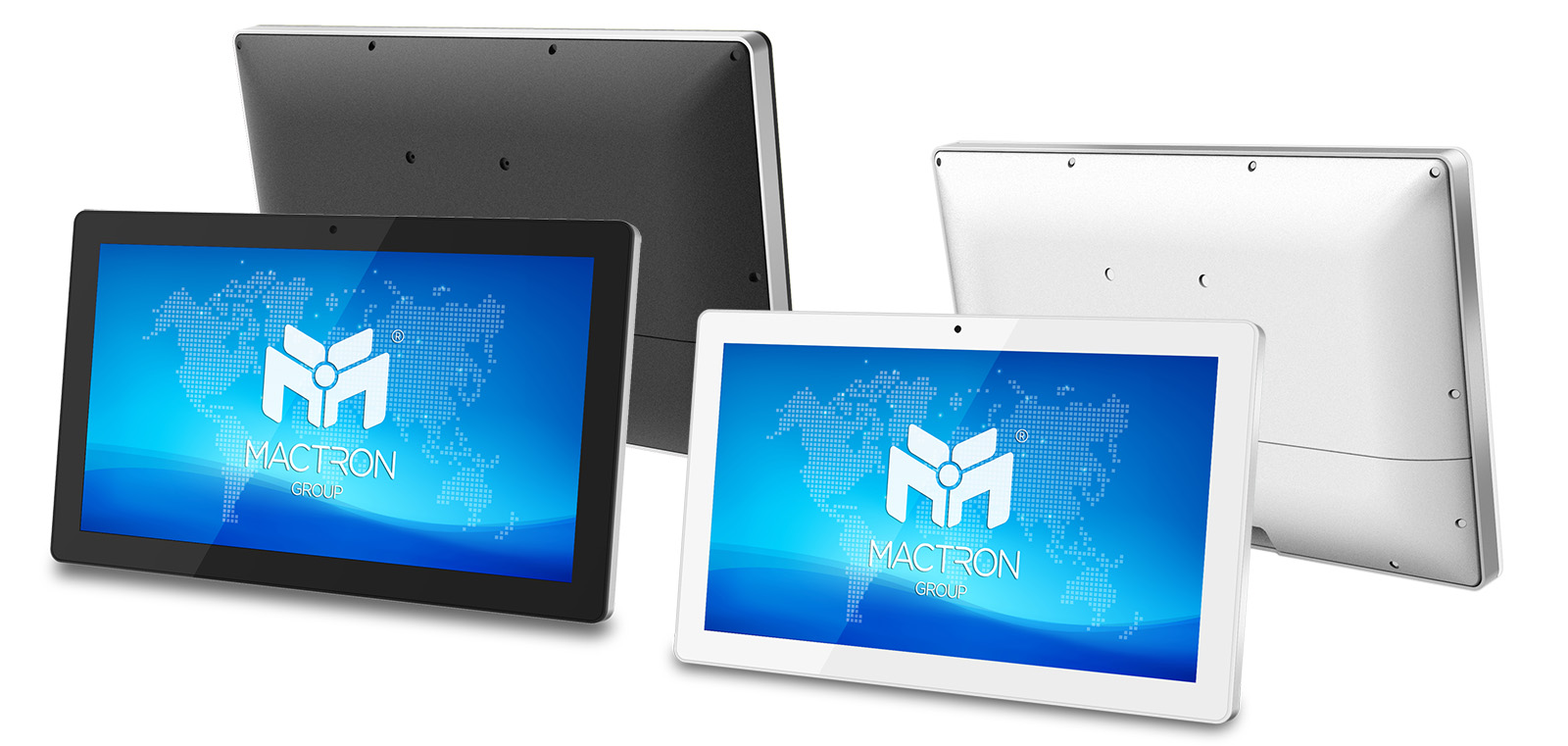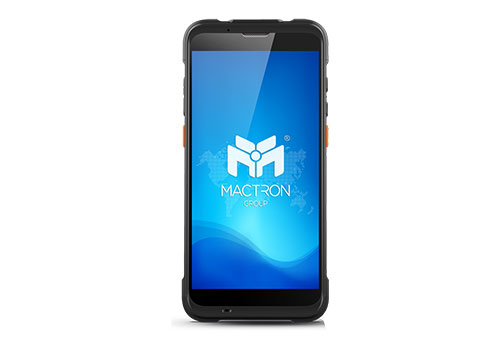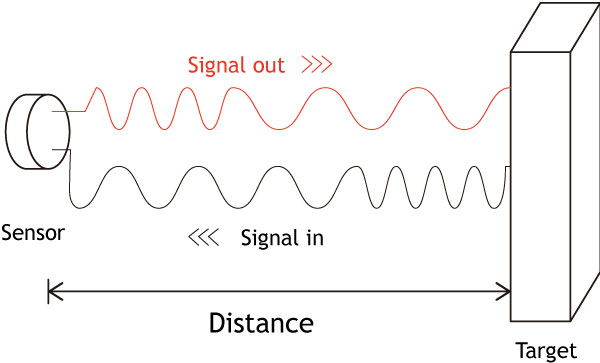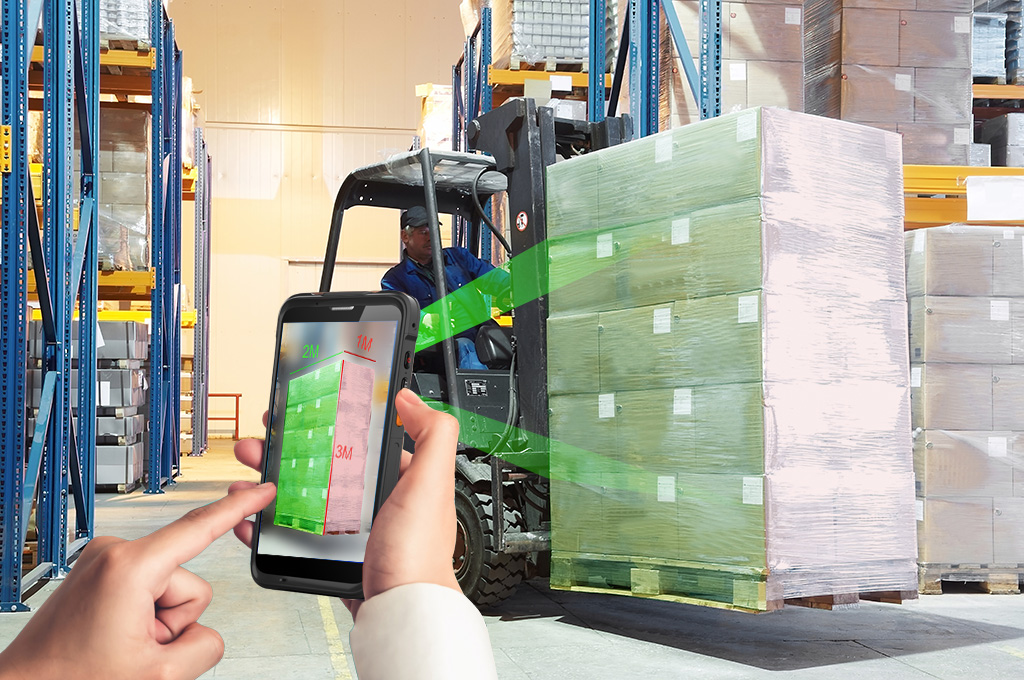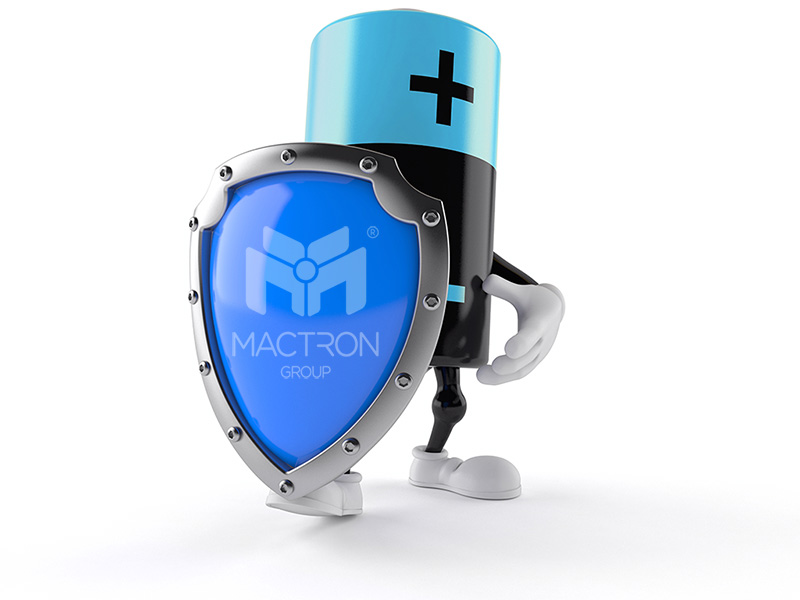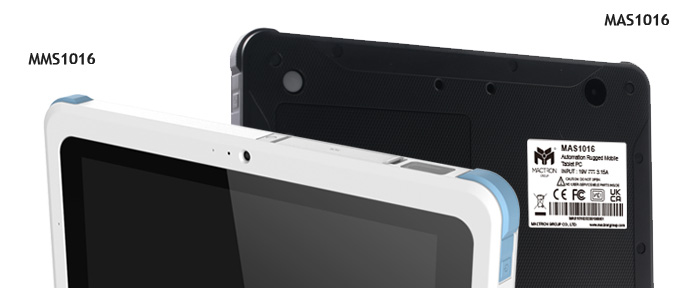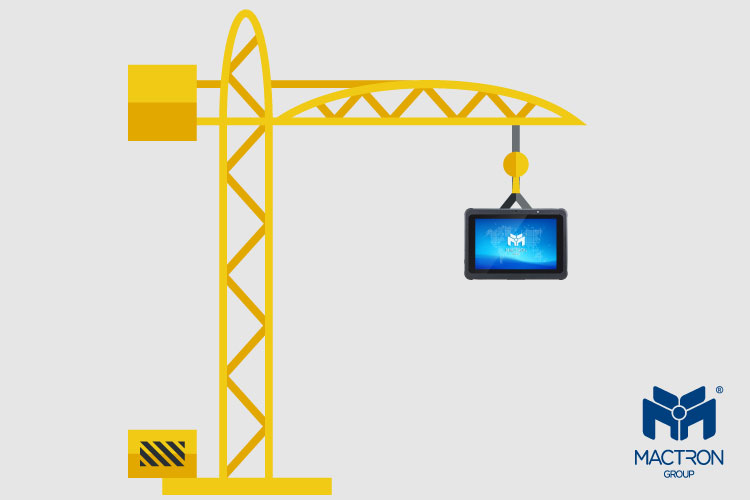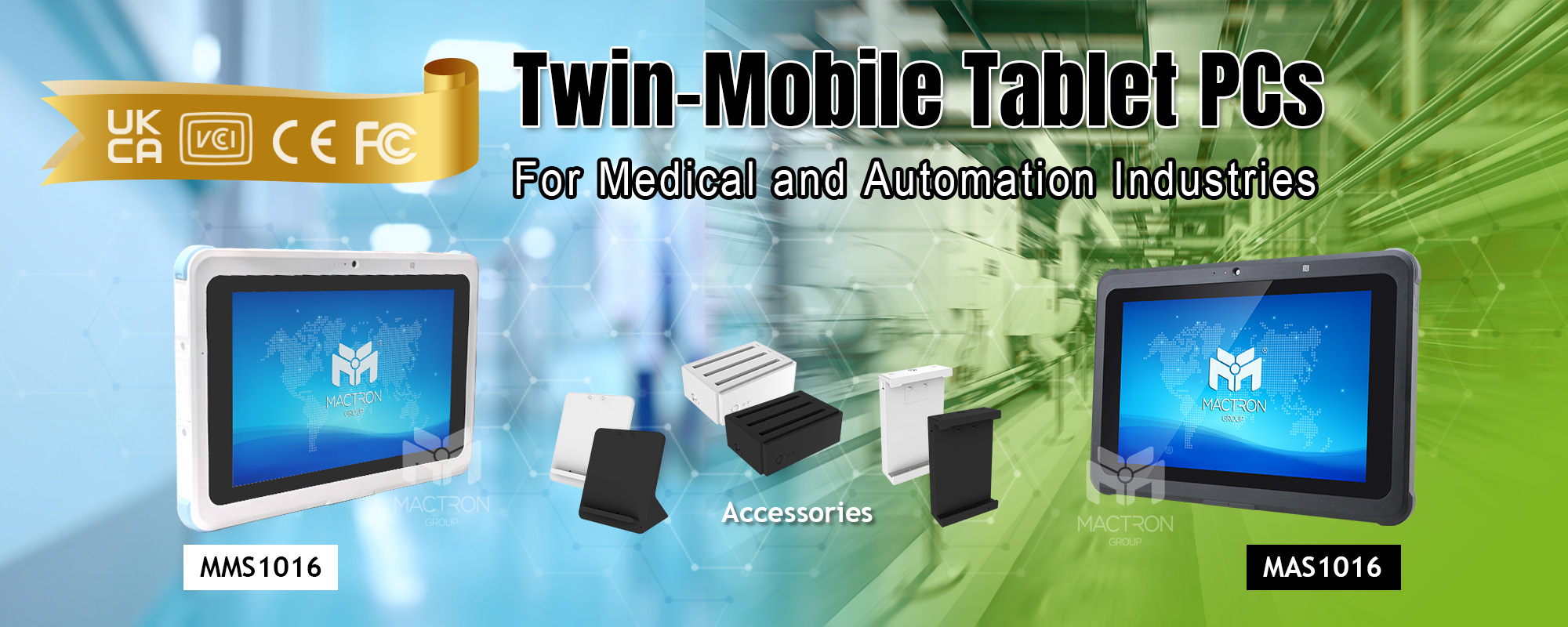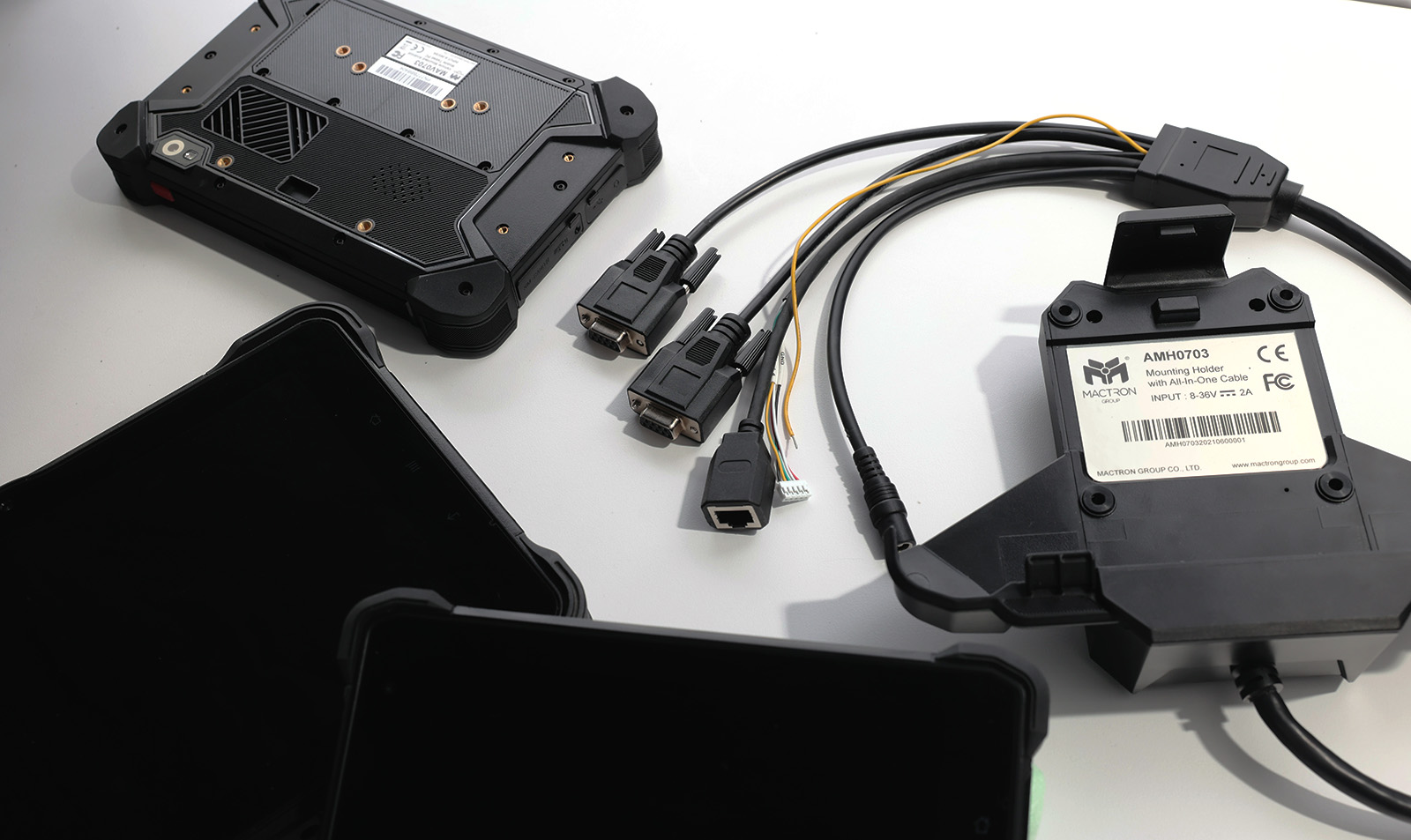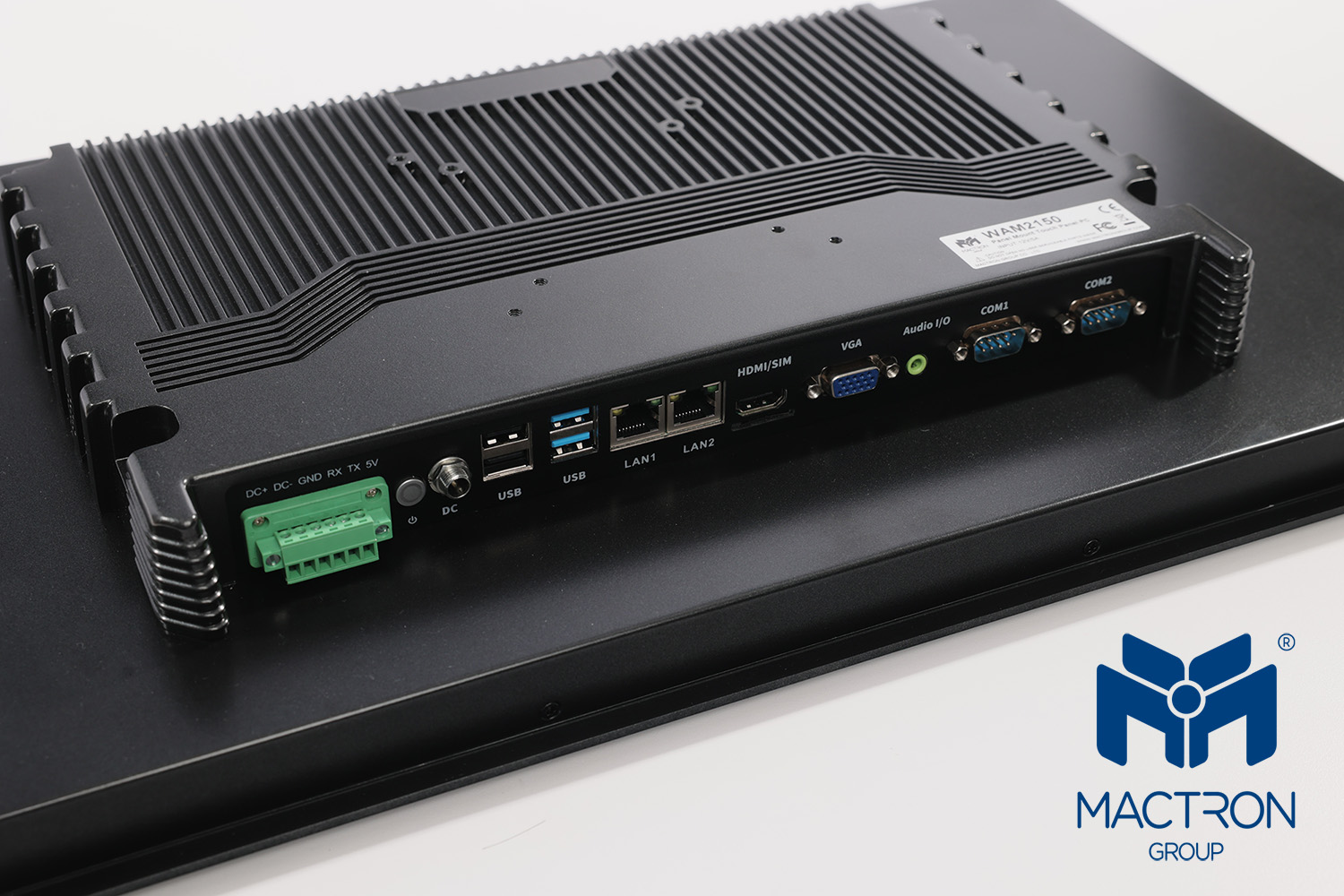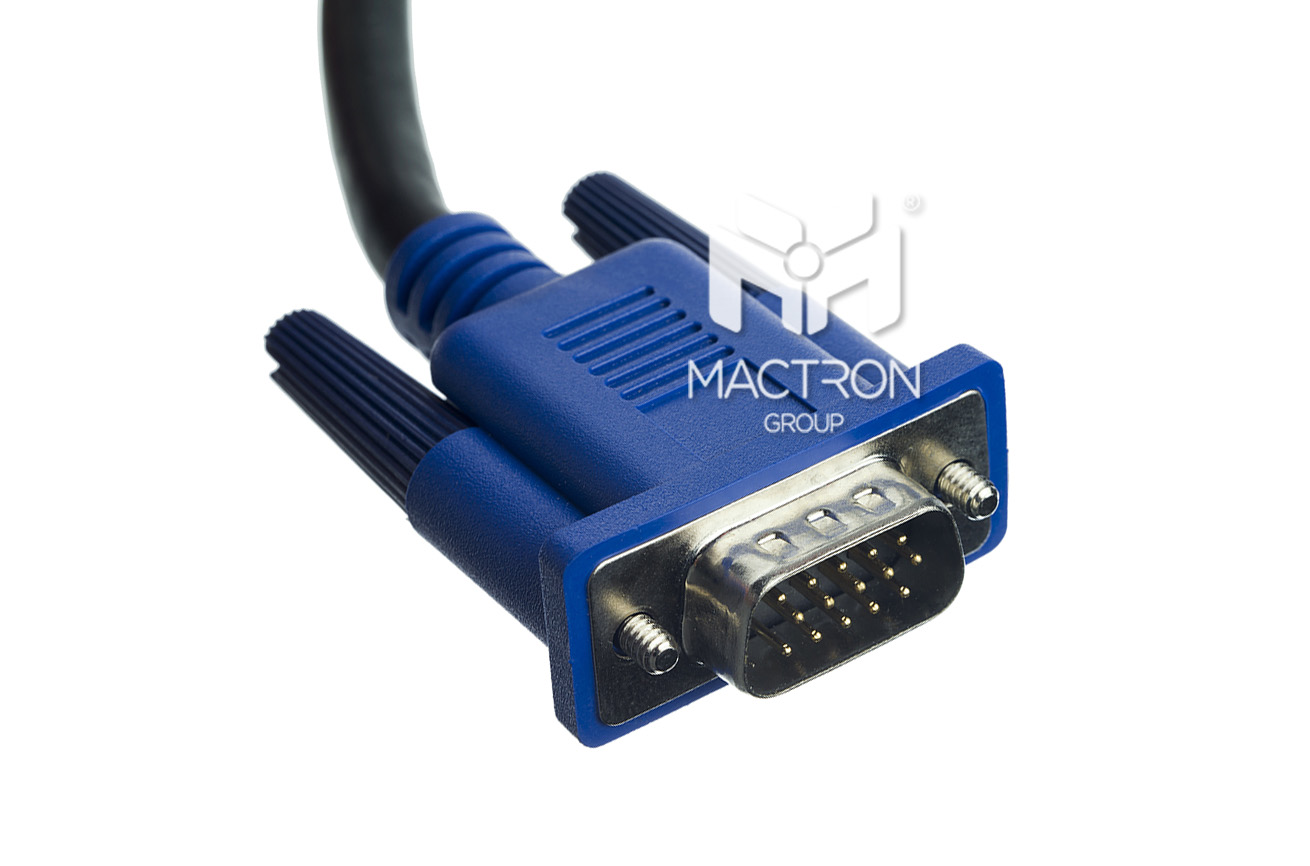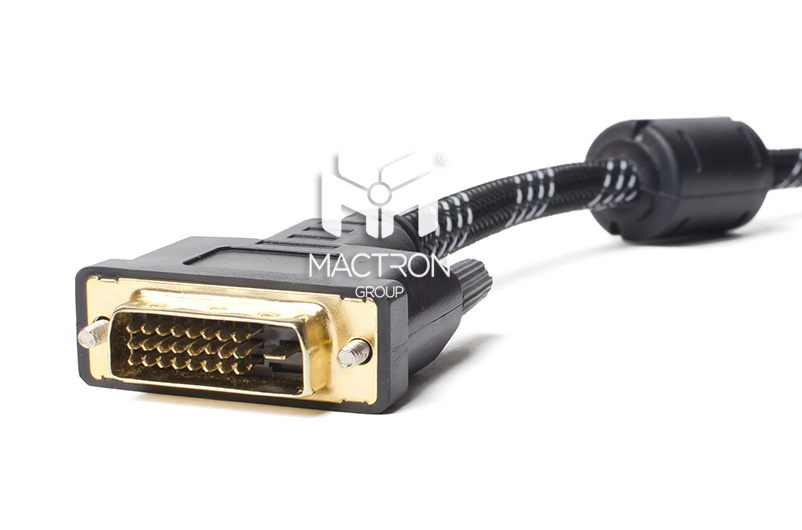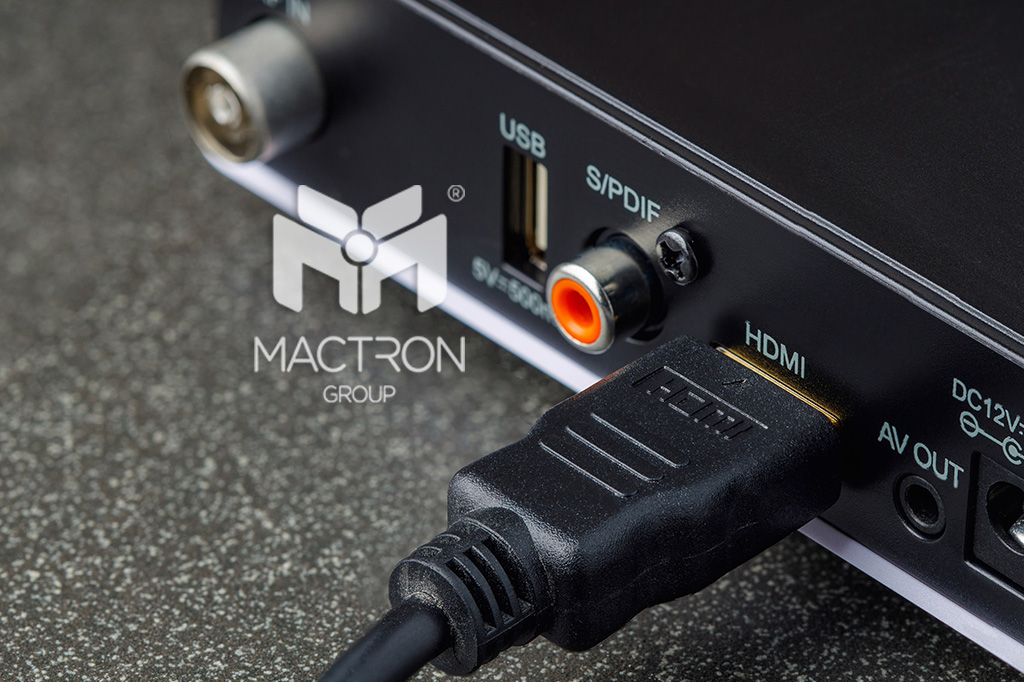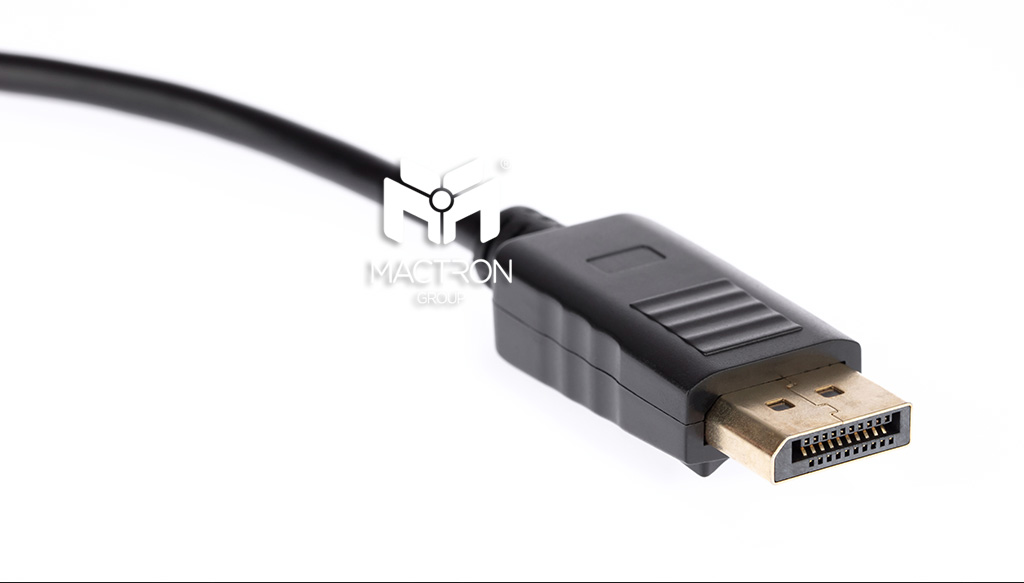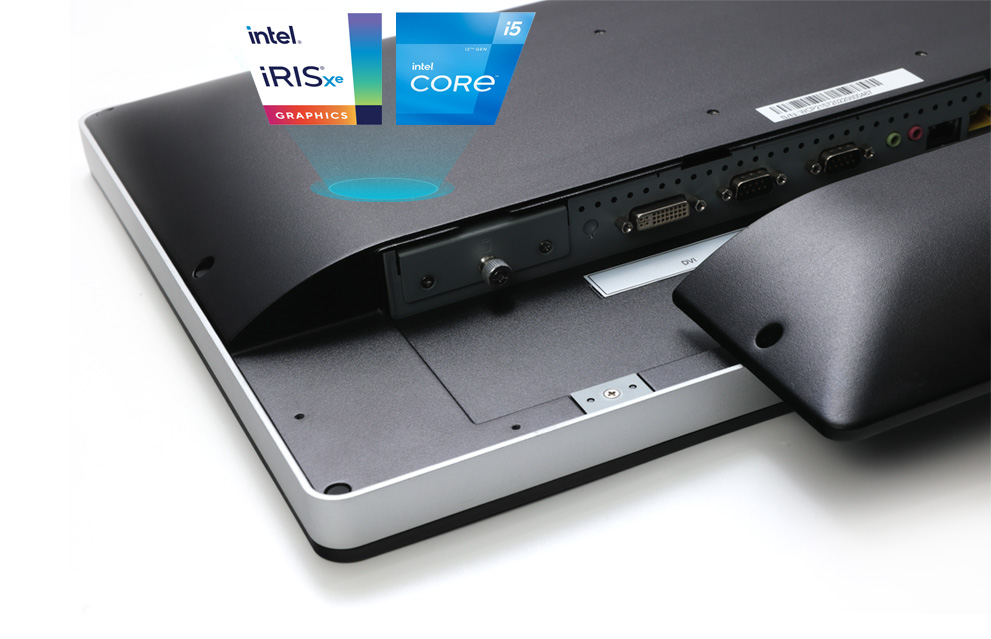The Main Features of Bluetooth:
- Short-Range Communication:
Bluetooth technology is designed for short-range communication, typically within a range of 10 meters (approximately 33 feet). Some versions of Bluetooth can achieve longer communication ranges. - Low Power Consumption:
Bluetooth technology is designed for low-power communication, making it suitable for mobile devices such as smartphones, tablets, wearable devices, and other Internet of Things (IoT) devices. - Data Transmission:
Bluetooth can be used to transmit various types of data, including audio, images, documents, and other multimedia content. - Multi-Device Connectivity:
Bluetooth technology supports simultaneous connections to multiple devices. This multi-device connectivity makes Bluetooth very useful in a multi-device environment. - Versatility:
Bluetooth is a universal standard widely applied in various devices, including headphones, audio devices, keyboards, mice, printers, in-car systems, and more. - Security:
Bluetooth technology has certain security features, including encryption and authentication mechanisms, to ensure the security of communication.
The Bluetooth Version History:

Bluetooth technology undergoes continuous updates, with Bluetooth 5.4 being the latest version, while previous versions include Bluetooth 5.0, Bluetooth 4.2, Bluetooth 4.0, and so on.
Launched in 2016, it provided a longer range, faster data transfer rates, and improved connection density. It also introduced Mesh network support, allowing Bluetooth devices to form large networks.
Bluetooth 5.1:
Released in 2019, it introduced directional Bluetooth signals, improving the accuracy of location positioning.
Bluetooth 5.2:
Also released in 2019, it introduced LE Audio, providing better audio performance and multi-stream audio capabilities.
Bluetooth 5.3:
Released in 2020, it further improved positioning technology and range.
Bluetooth 5.4:
Released in 2023, facilitating secure bidirectional communication between wireless Access Points (AP) and ultra-low-power terminal nodes.
The Most Widely Adopted Bluetooth 5.0

- Maturity and Adoption:
Bluetooth 5.0 is a relatively mature and widely deployed technology that has found applications in various devices, including smartphones, headphones, and speakers. This widespread adoption may make Bluetooth 5.0 more readily accepted, given its established presence in the market. -
Compatibility:
Bluetooth 5.0 has higher compatibility relative to earlier versions, seamlessly working with older Bluetooth devices. This is an advantage in scenarios where a variety of different Bluetooth devices are in use. -
Cost:
Generally, the hardware and related devices for Bluetooth 5.0 may be more cost-effective. If cost is a significant consideration, Bluetooth 5.0 could be a more practical choice. -
Application Support:
Currently, many applications and devices predominantly support Bluetooth 5.0, and the support for Bluetooth 5.3 may be relatively limited. This could be a crucial consideration when choosing the appropriate hardware and software ecosystem.
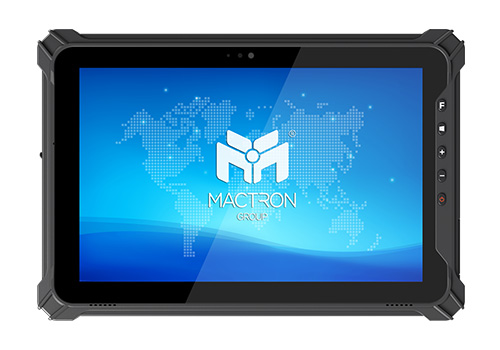

Check out MACTRON GROUP(MTG)’s MAS Series/ MAA Series Series. Our mobile tablets are all equipped with Bluetooth 5.0 and Bluetooth 5.2, which can meet your work environment and connected devices.


